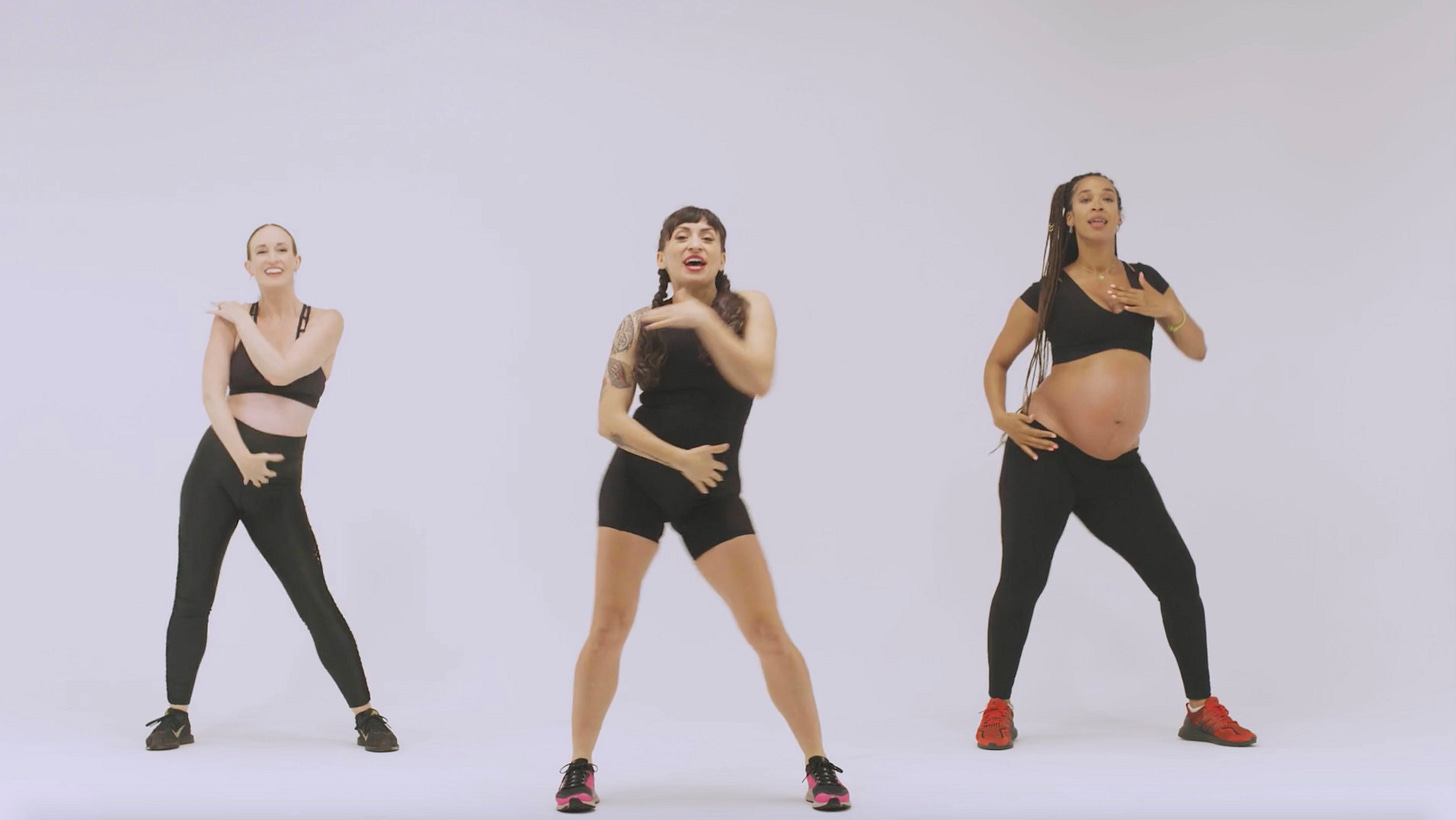The Most Overlooked Muscle That Could Change Everything
Why your pelvic floor matters more than you think—and how to start strengthening it today.
Picture this. You’re standing in line at a crowded restroom or enjoying yourself at a party. Someone cracks a joke, you laugh… then suddenly—you experience a leak.
The likely culprit? A weak or uncoordinated pelvic floor.
The empowering news? You can rescue your pelvic floor.
What is the Pelvic Floor—and Why Does It Matter?
Your pelvic floor is a group of muscles that forms the base of your core. Think of it like a supportive hammock, holding up some of your body’s most essential organs: the bladder, uterus, and rectum. These muscles contract and lift to help you control bladder and bowel function, stabilize your core, and yes—enhance sexual pleasure.
But just like any muscle group, the pelvic floor can weaken over time, especially with pregnancy, childbirth and aging. And when it does, you may start to notice issues like bladder leaks, pelvic pressure, back pain, or even a sense of instability in your body.
The Invisible Impact of Motherhood
During pregnancy, your baby’s weight puts extra pressure on the pelvic floor—like stretching out a trampoline. Without proper support and recovery, this can lead to lasting weakness. Then comes labor, which can feel like a marathon for these muscles. A strong, coordinated pelvic floor can make a real difference in pushing and recovery. It’s the difference between effective effort and feeling like you’re working against your own body. This is why many OB/GYNs say the number one referral they make for expectant and new moms is for a pelvic floor physical therapist.
Your Core Is a Canister—and the Pelvic Floor Is Its Base
Imagine your core as a canister:
The diaphragm is the top
Your abdominals and back muscles form the sides
And your pelvic floor is the bottom
If that bottom isn’t functioning properly, the whole canister can collapse. This is how issues like diastasis recti, instability, or poor posture can begin. Strengthening your pelvic floor helps restore balance and power across your entire body.
And here’s something most people don’t know:
In many exercises—even something as simple as lifting your arms—biofeedback studies show your pelvic floor activates first, milliseconds before any other muscle. It’s your body’s internal brace, turning on before movement to keep you safe and steady.
It's More Than Just Strength—It’s about Sensation
Here’s bonus we don’t talk about enough: a healthy pelvic floor can improve your sex life.
Responsive pelvic floor muscles improve blood flow, increase sensation, and play a major role in orgasm. A stronger pelvic floor often means more satisfying—and more controllable—intimate experiences.
Where to Begin
The first step is awareness—properly identifying your pelvic floor muscles to properly train them, without clenching your butt, sucking in your abs or holding your breath
Many people find it helpful to employ imagery— imagine drawing the muscles of your pelvic floor inward and upward—like lifting an elevator. If you have difficulty identifying your pelvic floor muscles, consulting with a physical therapist can help.
Once you've found your pelvic floor muscles, you're ready to start strengthening them! The foundation of effective pelvic floor training includes mastering long holds and quick squeezes, which we'll dive into in our next post.
Whether you're pregnant, postpartum, or simply want to feel stronger and more supported, investing in your pelvic floor is investing in your health, intimacy, and overall quality of life.



